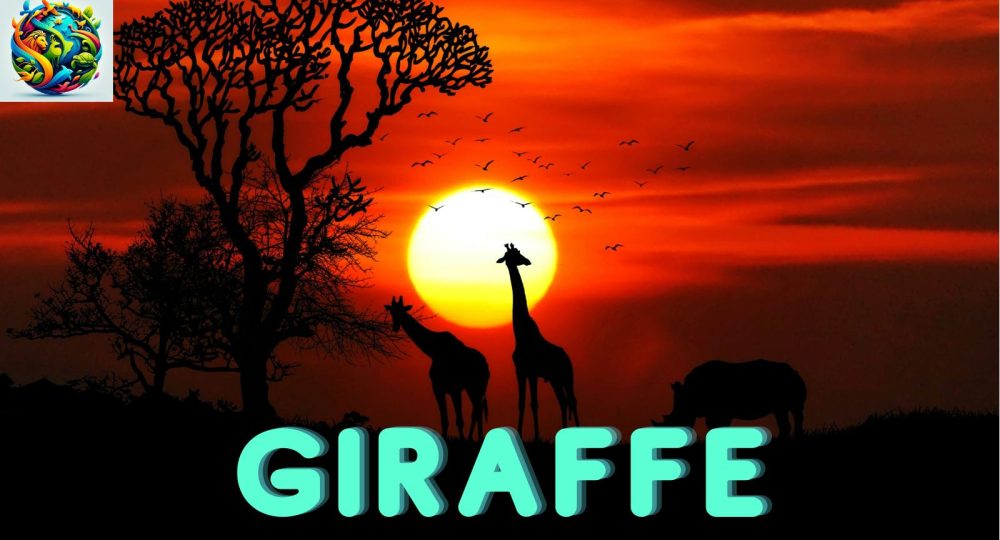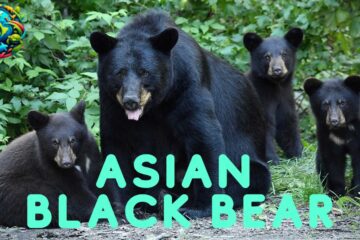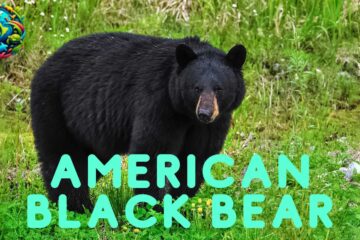
Giraffes are amazing animals that live in the African Savannah.
One of the most amazing things to see in the African savannah is these long-necked animals moving through their surroundings with grace. They are the world’s tallest animals and are known for how tall they are. Their height lets them reach leaves and buds in treetops that other herbivores can’t. This one-of-a-kind trait, along with their unique coat patterns, has scientists and animal fans alike interested.
Introduction
These animals are from Africa and usually live in open forests, grasslands, and savannahs. As pollinators and seed spreaders for many plant species, they are very important to their communities. Loss of territory, poaching, and climate change are all problems that threaten them, even though they play an important ecological role and are famous.
Amazing fact about giraffes
The heart and lungs of these animals are amazing works of nature. Their heart, which is about two feet long and weighs up to 25 pounds, creates the huge pressure that blood needs to move up their long neck and to their brain. This heart is very strong and pumps blood against gravity, which is an amazing example of how evolution works.
Habitat and Food
Acacia plants, which are their main food source, make areas with lots of them their favorite places to live. Because they are tall, they can eat leaves that other herbivores can not get to. This is especially helpful during the dry season when there is not much greenery on the ground. Their main food is leaves, which they get from trees by pulling them off with their long, sticky tongues.
How they look
Their long necks and legs make them stand out, and they can be over 18 feet tall, with males being bigger than females. Their coat designs are different for each animal, with spots and patches that range in color from light tan to almost black. Their camouflage designs help them blend in with the dappled light where they live in the woods.
Different types and subspecies of giraffe
Four kinds have been identified, and their patterns, colors, and ranges are all different:
- The Northern Giraffe is made up of the Nubian and West African types, which live in small groups in East and West Africa.
- The Angolan and South African forms make up the southern giraffe, which is most common in southern Africa.
- The Reticulated Giraffe lives in Kenya, Somalia, and Ethiopia. Its hair has a striking pattern that looks like a net.
- The biggest group of giraffes is the Masai, which lives in Kenya and Tanzania and can be recognized by its patches that are not all the same shape.
The Threats and Predators
Because they are so big and can kick so hard, grown animals do not have many natural enemies. But LIONS, HYENAS, and LEOPARDS can eat calves. The biggest threats, though, come from what people do. Their numbers are greatly affected by habitat loss, poaching for their fur and hide, and accidents with cars and fences.
Mating and the Way Society Works
Their social system is very flexible, letting people join and leave groups at will. Predators can be kept away from these groups, which are usually made up of females and their young. They can mate at any time of the year, and after about 15 months of pregnancy, they have a single kid. Within a few hours of birth, babies can stand and walk, which is a very important skill for life.
How Giraffes Talk to Each Other
Even though they are quiet, they talk to each other by making noises like moans, snorts, and grunts and by moving their bodies. Some new studies show that they may also talk at frequencies that humans can not hear. Their long necks help them see each other and talk to each other visually, even from far away.
Conservation Work
The main goals of conservation activities are to protect habitats, stop poaching, and make it easier for people and animals to get along. A lot of local and foreign groups work hard to protect their communities and push for long-term solutions that will help them stay alive. Even though protected areas and wildlife parks offer safe havens, the growth of human settlements and farming is still a threat to their habitat.
How to Say Words in Several Languages
People all over the world know this famous African animal by many names:
- Jirafa in Spanish
- Girafe in French
- 栿隈承 (chángjǐnglù) in Mandarin
- Giraffe in German
- Twiga in Swahili
With their soft nature and ecological importance, these beautiful animals continue to amaze people and motivate them to protect the natural world they live in. The fact that they are still alive shows how healthy the African savannah is and how well attempts are working to protect these huge and important ecosystems.
FAQs
How do they rest?
- They take short naps every day, so they only sleep a few hours a day. They sleep standing up or sitting down. They do this to stay aware of potential danger.
Do they know how to swim?
- Answer: It is physically possible for them to swim, but their body shape makes it very hard and inefficient for them to do so, so they stay out of water when they need to swim.
How do they change the environment where they live?
- Answer: In addition to spreading pollen and seeds, their eating habits change the way plants grow in their environments, which is good for biodiversity.
What can people do to help with their conservation?
- Answer: People can help wildlife survive for future generations by giving money to wildlife conservation groups, pushing efforts to protect their habitats, and making more people aware of the dangers they face.
Author is a passionate writer with an engineering background, driven by a deep love for animals. Despite a successful entrepreneurial career, Saad's true passion lies in sharing his knowledge and insights about animals with the world.
Panda Bear: Gentle Giants of China’s Bamboo Forests
June 13, 2024






kindly do mention Giraffe speed, i was looking for it.
Surprisingly they can go upto 35 kmh. faster than many living animals